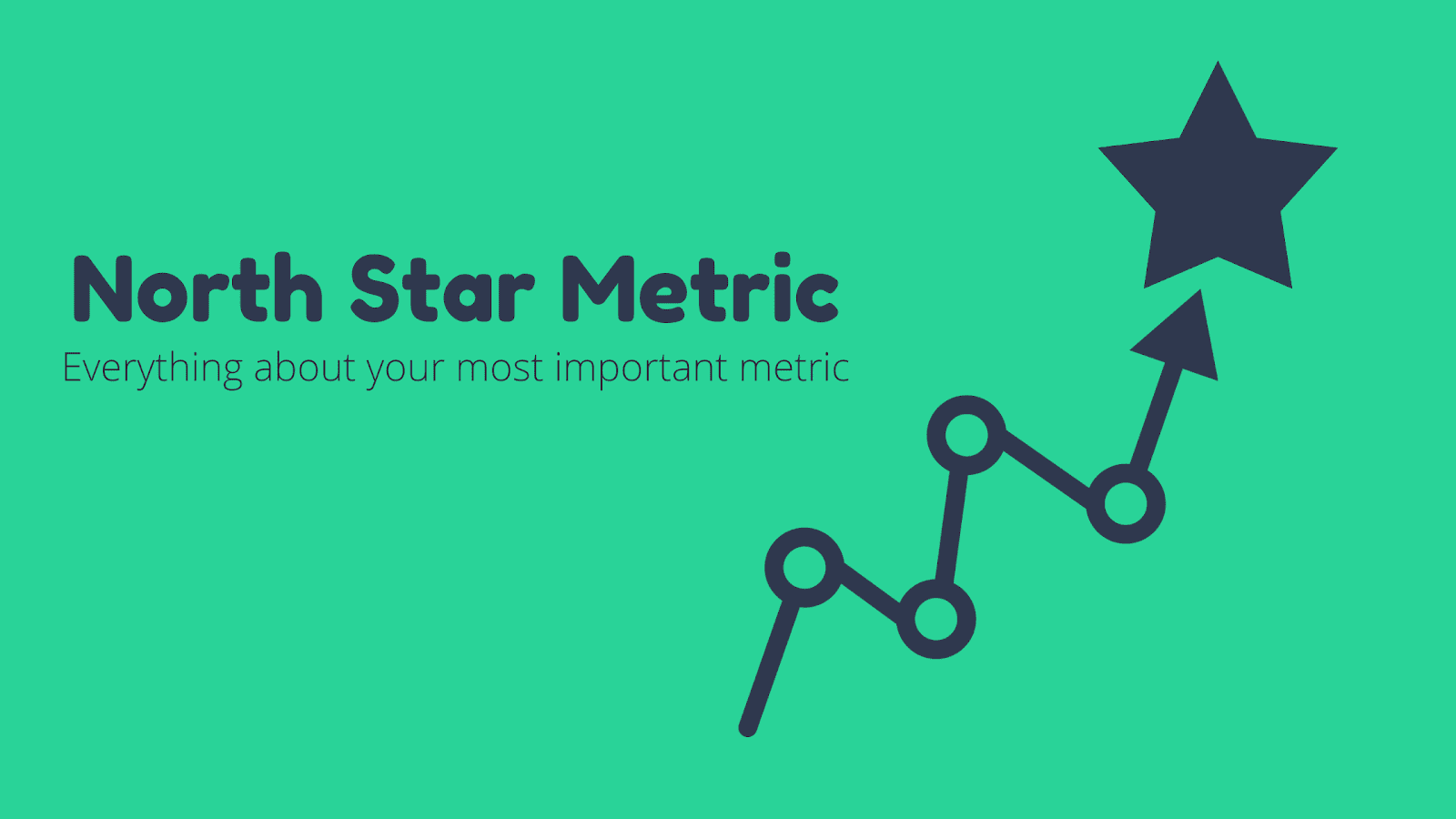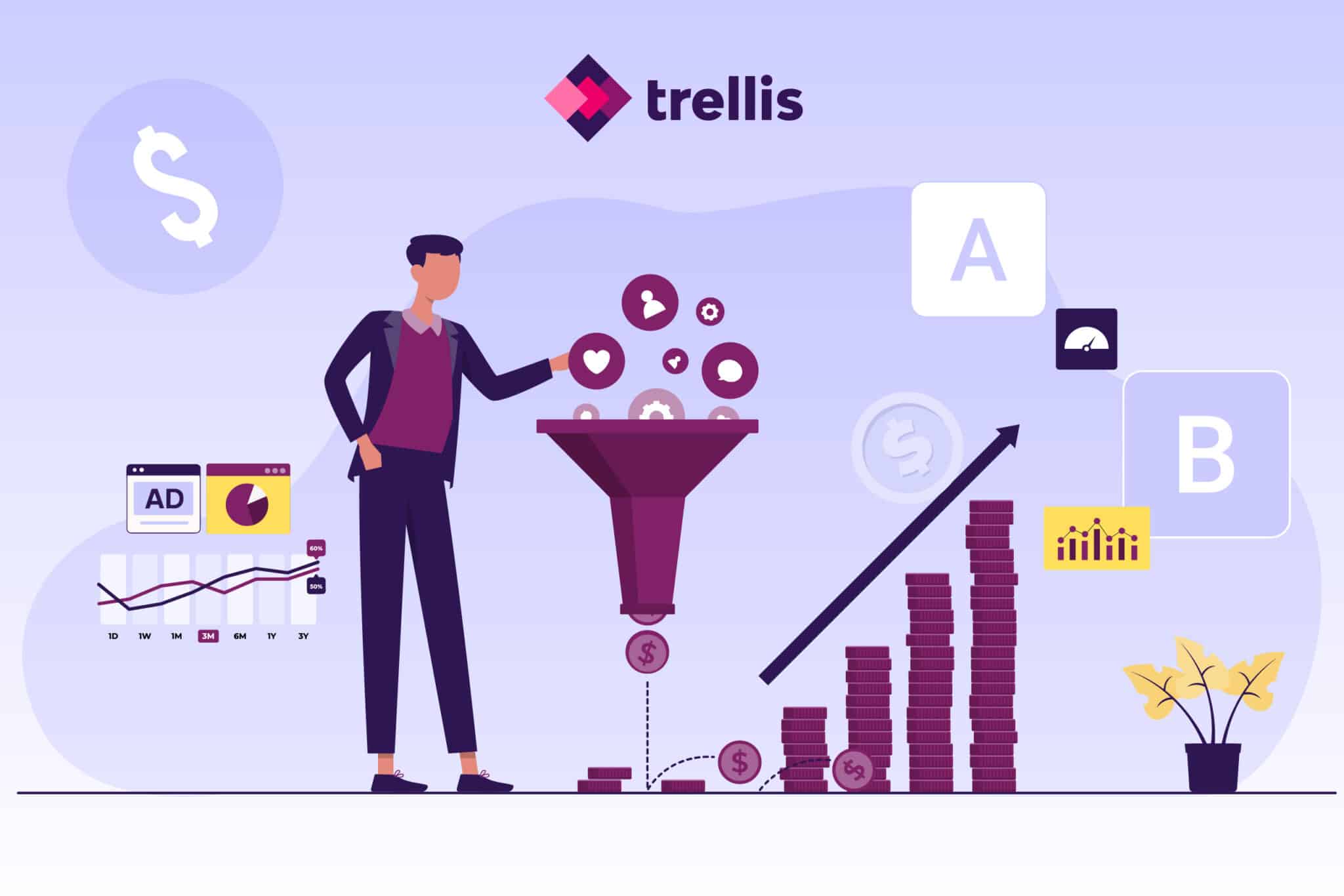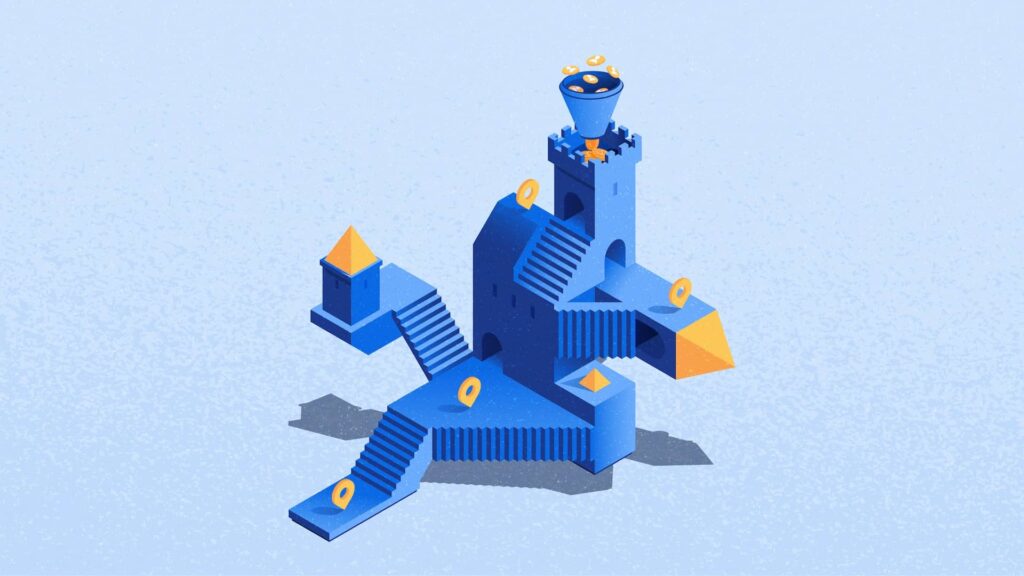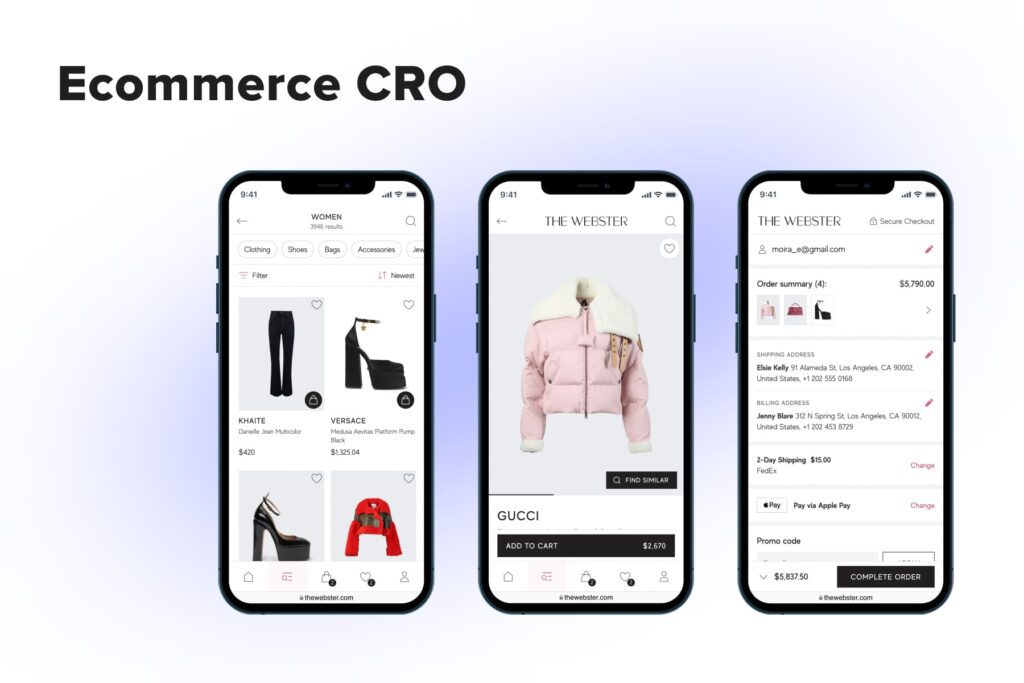In the fast-paced world of Sydney’s ecommerce landscape, optimizing conversion rate optimization (CRO) programs is crucial for businesses aiming to stand out and drive sustainable growth. But with a myriad of metrics available, how do you determine which ones truly reflect your store’s success? Enter the North-Star Metric and Proxy Metrics—two powerful but distinct approaches to measuring performance. Understanding the difference between these metrics and learning how to leverage them effectively can transform your CRO strategy, helping you focus on what really matters and unlock your store’s full potential. In this post, we’ll dive deep into the North-Star Metric versus Proxy Metrics debate and share practical insights tailored specifically for Sydney ecommerce stores looking to optimize their CRO programs.
1. Understanding the North-Star Metric: Definition and Importance
The North-Star Metric (NSM) serves as the single most crucial indicator of a business’s long-term success and growth. For Sydney ecommerce stores aiming to optimize their Conversion Rate Optimization (CRO) programs, understanding and identifying the right NSM is essential. Unlike proxy metrics, which often focus on short-term or surface-level actions—such as page views or click-through rates—the North-Star Metric encapsulates the core value your product or service delivers to customers. It reflects the ultimate goal that drives sustainable revenue and customer loyalty. For example, an ecommerce store might choose “monthly active buyers” or “average order value” as their NSM, as these metrics directly correlate with customer engagement and profitability. By honing in on this single, guiding metric, Sydney retailers can align their teams, prioritize initiatives, and make data-driven decisions that foster meaningful growth rather than chasing vanity metrics. In essence, the North-Star Metric acts as a compass, helping businesses stay focused on what truly matters for long-term success in a competitive market.

2. What Are Proxy Metrics and How Do They Differ?
Proxy metrics are indirect measurements used to gauge the performance or success of a particular aspect of your ecommerce business when direct measurement of the primary goal isn’t feasible or practical. In the context of Conversion Rate Optimization (CRO) for Sydney ecommerce stores, proxy metrics act as valuable indicators that provide insight into customer behavior and engagement, helping businesses make informed decisions even when the ultimate conversion event hasn’t occurred yet.
Unlike a North-Star Metric, which represents the core outcome that directly reflects the overall success of your business—such as completed sales or revenue—proxy metrics focus on related actions that lead up to that desired outcome. For example, while the North-Star Metric might be the number of completed purchases, proxy metrics could include website traffic, product page views, add-to-cart rates, or email sign-up rates. These proxy metrics help identify bottlenecks or opportunities in the customer journey and allow you to optimize specific elements of your site or marketing campaigns.
Understanding the distinction between proxy metrics and your North-Star Metric is crucial for effectively prioritizing CRO efforts. Proxy metrics provide early signals and actionable insights, but they should always be interpreted in the context of how well they contribute to moving customers toward the ultimate business goal. By tracking and analyzing the right proxy metrics, Sydney ecommerce stores can fine-tune their strategies, improve user experience, and ultimately drive higher conversions.
3. Choosing the Right North-Star Metric for Sydney Ecommerce Stores
Selecting the appropriate North-Star Metric is crucial for Sydney ecommerce stores aiming to optimize their Conversion Rate Optimization (CRO) programs effectively. The North-Star Metric serves as the single most important indicator of your store’s long-term growth and customer value. For ecommerce businesses in Sydney, this means identifying a metric that not only reflects sales performance but also captures customer engagement and satisfaction within the local market context.
When choosing your North-Star Metric, consider factors such as average order value (AOV), repeat purchase rate, or customer lifetime value (CLV). For instance, focusing on repeat purchase rate can be particularly beneficial for Sydney stores targeting a loyal customer base amid increasing competition. Additionally, incorporating metrics that reflect the unique shopping behaviors of Sydney consumers—such as preferences for local brands or sustainable products—can provide a more tailored and impactful measurement.
Ultimately, the right North-Star Metric should align with your store’s core mission and growth strategy. It should be actionable, easy to track, and capable of guiding your team’s efforts toward meaningful improvements. By carefully selecting and monitoring this key metric, Sydney ecommerce stores can sharpen their CRO initiatives, drive sustainable growth, and create more personalized experiences that resonate with their local customers.
4. Leveraging Proxy Metrics to Support Your North-Star Metric
When optimizing Conversion Rate Optimization (CRO) programs for Sydney ecommerce stores, understanding the relationship between your North-Star Metric and proxy metrics is crucial. While the North-Star Metric represents the core value your business delivers to customers—such as total revenue or customer lifetime value—proxy metrics serve as actionable indicators that influence this overarching goal. Leveraging proxy metrics allows you to break down complex customer behaviors into measurable components like click-through rates, cart abandonment rates, or average session duration. By closely monitoring and optimizing these proxy metrics, you can identify specific areas for improvement that directly contribute to enhancing your North-Star Metric. For example, if your North-Star Metric is repeat purchase rate, proxy metrics like email open rates or product page engagement can provide valuable insights into customer loyalty and interest. This layered approach not only makes your CRO efforts more manageable but also ensures that incremental improvements in proxy metrics collectively drive meaningful progress toward your primary business objective. In the fast-paced Sydney ecommerce market, integrating proxy metrics into your CRO strategy provides a dynamic and data-driven path to sustained growth and customer satisfaction.

5. Integrating North-Star and Proxy Metrics into Your CRO Strategy
Integrating North-Star and proxy metrics into your Conversion Rate Optimization (CRO) strategy is crucial for Sydney ecommerce stores aiming to maximize growth and customer satisfaction. The North-Star metric serves as the ultimate indicator of your business’s core value—whether it’s the number of completed purchases, customer lifetime value, or repeat purchase rate—guiding your entire optimization effort toward meaningful, long-term success. Meanwhile, proxy metrics act as actionable, short-term indicators that provide insight into specific areas of your funnel, such as click-through rates, bounce rates, or add-to-cart percentages. By combining these two types of metrics, you can align tactical experiments and quick wins with your overarching business goals. For instance, while a proxy metric like cart abandonment rate highlights immediate pain points, the North-Star metric ensures that fixes contribute to sustained revenue growth and customer loyalty. In practice, this means setting up dashboards that track both metrics in real time, regularly reviewing their interplay, and prioritizing CRO tests that have a clear line of impact on your North-Star metric. This integrated approach enables Sydney ecommerce stores to make data-driven decisions that not only improve conversion rates but also strengthen their market position in a competitive landscape.
6. Case Studies: Successful CRO Optimization in Sydney Ecommerce Businesses
To truly understand the impact of focusing on North-Star metrics versus proxy metrics, let’s explore some real-world examples from Sydney-based ecommerce stores that successfully optimized their Conversion Rate Optimization (CRO) programs.
1. Coastal Apparel Co. — Prioritizing the North-Star Metric
Coastal Apparel Co., a popular outdoor clothing retailer in Sydney, decided to center their CRO efforts around their North-Star metric: the number of repeat purchases per customer. Rather than optimizing for superficial metrics like page views or add-to-cart clicks, they focused on enhancing the post-purchase experience and personalized product recommendations. By refining email follow-ups and introducing loyalty rewards, Coastal Apparel saw a 25% increase in repeat purchases within six months. This customer-centric approach not only boosted revenue but also cultivated long-term brand loyalty.
2. Urban Gear — Leveraging Proxy Metrics for Quick Wins
Urban Gear, a trendy accessories store catering to young professionals, initially focused heavily on proxy metrics such as click-through rates (CTR) on homepage banners and average session duration. By A/B testing different banner designs and placements, they improved CTR by 15%, which subsequently increased overall site traffic. However, they quickly realized that higher traffic didn’t directly translate to sales improvements. This insight prompted them to realign their CRO strategy towards a clearer North-Star metric: the conversion rate of first-time buyers. By optimizing the checkout process and offering targeted discounts, Urban Gear ultimately boosted their conversion rate by 18% within three months.
3. Sydney Home Essentials — Integrating Both Metrics
Sydney Home Essentials, specializing in eco-friendly home products, adopted a hybrid approach by monitoring both North-Star and proxy metrics. They tracked their North-Star metric—average order value—while also keeping an eye on proxy indicators like product page engagement and time spent on product videos. By enhancing video content and optimizing product descriptions based on engagement data, they increased the average order value by 20%. This balanced approach allowed them to identify actionable insights quickly while maintaining a strategic focus on long-term growth.
—
These case studies highlight the importance of understanding both North-Star and proxy metrics in optimizing CRO programs for Sydney ecommerce businesses. While proxy metrics can offer valuable short-term insights, aligning your efforts with a meaningful North-Star metric ensures sustainable growth and stronger customer relationships. Whether you’re a small startup or an established retailer, tailoring your CRO strategy to your unique business goals is the key to success.
7. Common Pitfalls When Using North-Star and Proxy Metrics
When optimizing Conversion Rate Optimization (CRO) programs for Sydney ecommerce stores, understanding the distinction between North-Star and proxy metrics is crucial. However, many businesses stumble into common pitfalls that can hinder their progress. One frequent mistake is over-relying on proxy metrics—such as page views, click-through rates, or time spent on site—without tying them back to the ultimate North-Star metric, which typically reflects the core value of the business, like customer lifetime value or total revenue. This can lead teams to optimize for vanity metrics that don’t truly impact growth.
Another pitfall is setting a North-Star metric that is too broad or vague, making it difficult to track meaningful progress or align teams effectively. Without a clearly defined and actionable North-Star metric, efforts can become scattered, resulting in wasted resources. Additionally, neglecting to regularly review and adjust proxy metrics as business priorities evolve can cause CRO initiatives to become misaligned with customer behavior and market trends.
Finally, failing to communicate the rationale behind chosen metrics to all stakeholders often leads to confusion and misinterpretation of data, which can derail decision-making processes. To avoid these pitfalls, Sydney ecommerce stores should ensure their North-Star metric accurately captures their core business goals, use proxy metrics as supportive indicators rather than endpoints, and maintain transparency and flexibility in their metric strategy.
8. Tools and Frameworks for Tracking and Measuring CRO Metrics Effectively
When it comes to optimizing Conversion Rate Optimization (CRO) programs for Sydney ecommerce stores, having the right tools and frameworks in place to track and measure metrics is essential. These tools not only provide valuable insights into customer behavior but also help marketers make data-driven decisions to enhance website performance.
One of the most popular tools used by ecommerce businesses is Google Analytics. It offers comprehensive tracking of user interactions, conversion funnels, and traffic sources, making it easy to monitor both North-Star metrics—such as overall revenue or customer lifetime value—and proxy metrics like click-through rates and bounce rates. For more granular data, heatmapping tools like Hotjar or Crazy Egg can visualize where users are clicking, scrolling, or dropping off, helping to identify friction points within the customer journey.
In addition to these, platforms like Optimizely and VWO provide robust A/B testing frameworks that allow Sydney ecommerce stores to experiment with different website elements and measure their impact on key conversion metrics. These tools integrate seamlessly with analytics platforms, offering real-time insights and statistical significance reports that guide decision-making.
To effectively manage and interpret the data collected, many marketers adopt the HEART framework (Happiness, Engagement, Adoption, Retention, and Task success) which offers a holistic approach to evaluating user experience and conversion success. Combining this framework with the right mix of tools ensures that both North-Star and proxy metrics are tracked accurately and aligned with broader business goals.
Ultimately, leveraging a combination of analytics, heatmapping, and experimentation tools, alongside proven measurement frameworks, empowers Sydney ecommerce stores to optimize their CRO programs efficiently, driving higher conversions and sustained growth.

If you found this article helpful and need help with your website conversion, contact us for a FREE CRO Audit




